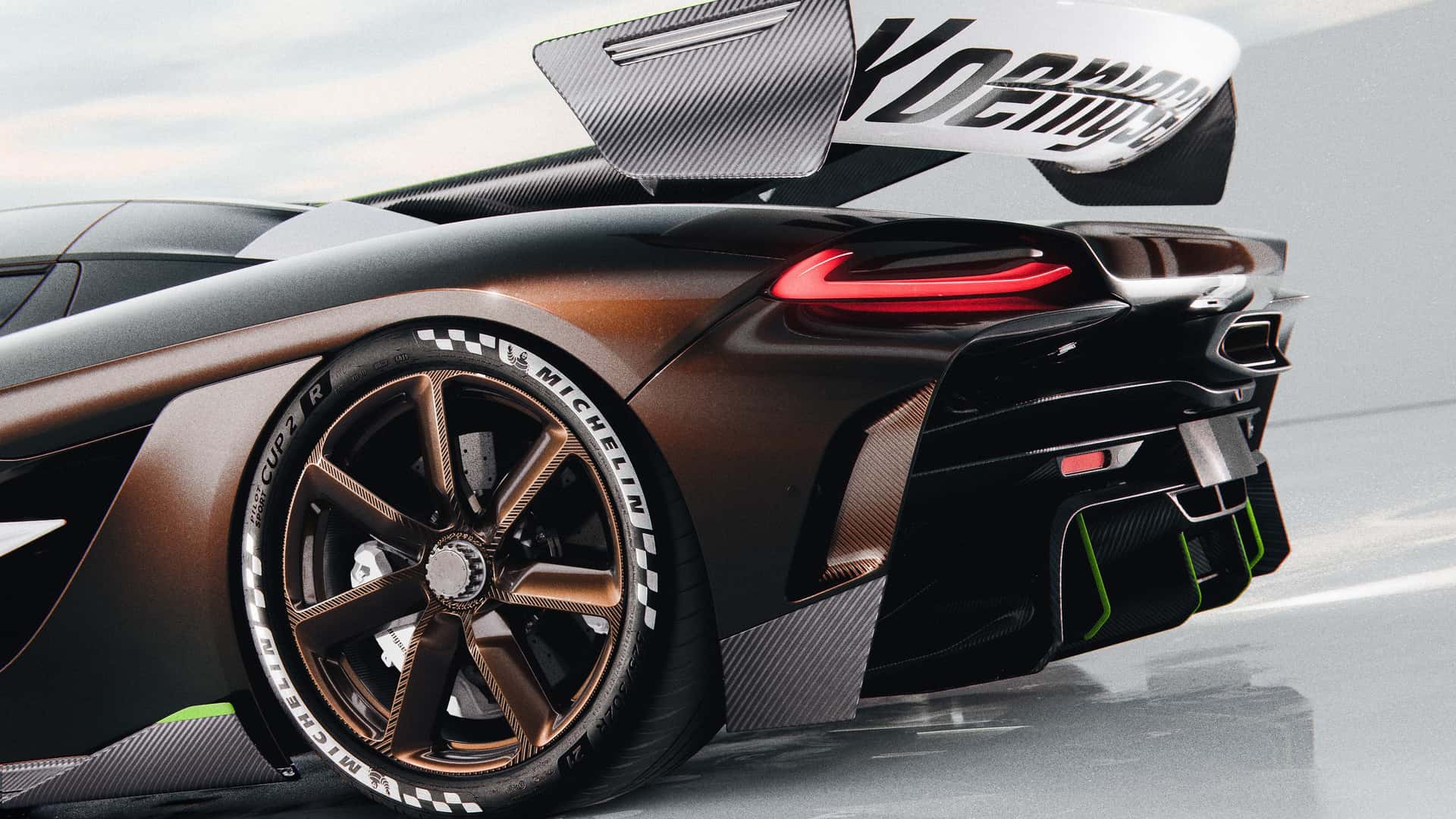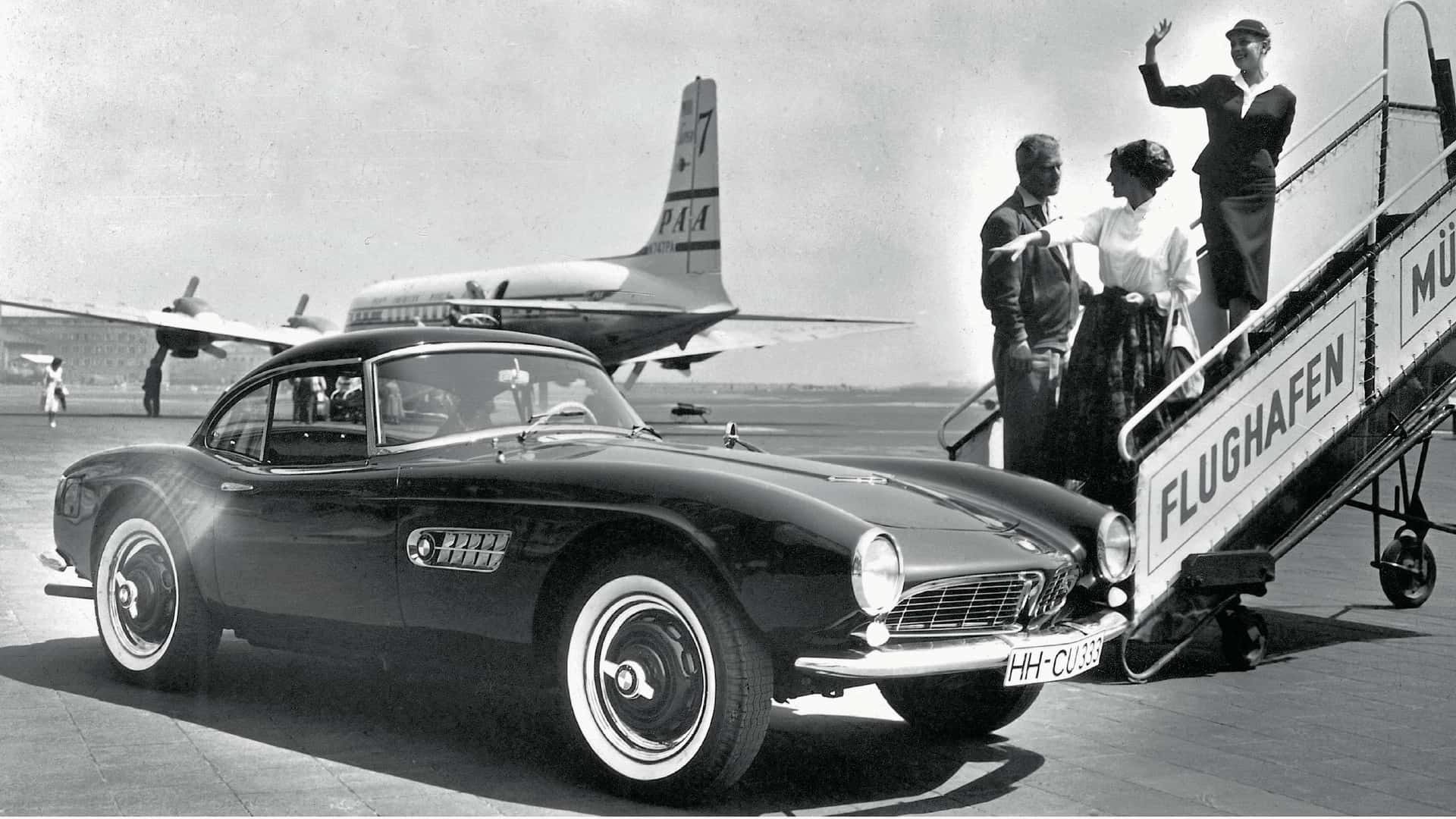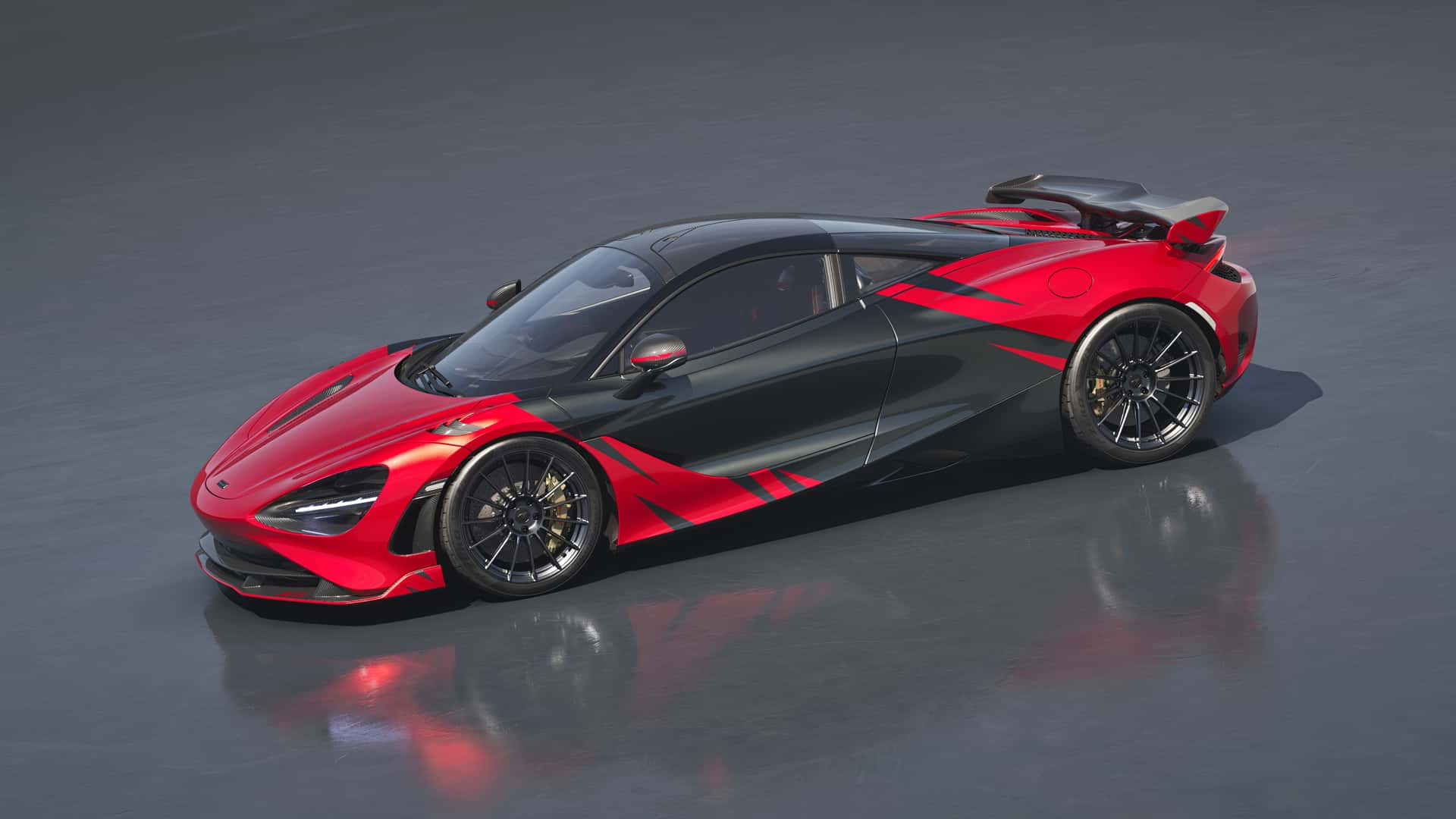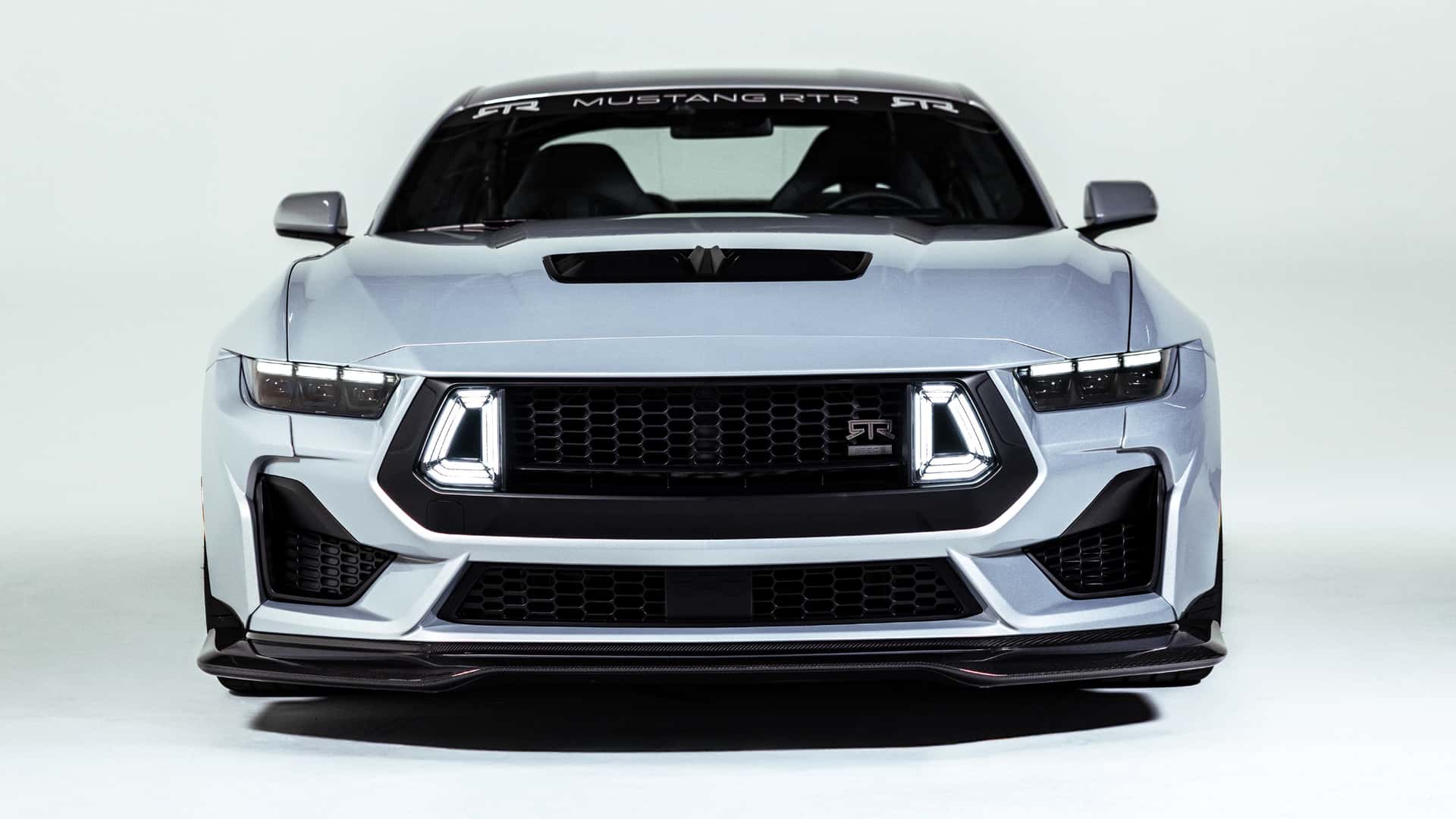The Hot Hatch With A More Impressive Power Output Than A Bugatti Chiron
The Bugatti Chiron has a W16 engine, with quad turbochargers, and produces 1,500 hp. That is 16 cylinders, four turbochargers and eight liters of stupendous power. With a power density of 188 hp per liter, the Chiron’s 16-cylinder engine represents the sharpest end of the performance car sword.
But there is a hot hatch that costs a fraction of the amazing Bugatti’s price, yet its 2.0-liter turbocharged engine produces 209 hp per liter – outgunning the Bugatti by some distance. It is the Mercedes-AMG M139 engine, and it powers the A45 S 4MATIC hatch.
Mercedes-AMG’s M133 engine made its A45 debut in 2013. At the time, the M133 rewrote the engine rulebook, setting a new record as the world’s most powerful four-cylinder series production engine. But AMG’s engineers were far from done.
More recently, they tinkered with the engine some more, relocated some parts and added some bits – and now the updated M139 engine has 40 hp more than the M133 it replaced. This is the story of the astounding M139 four-cylinder engine.
We take a deeper dive into the technology that makes the Mercedes-AMG M139 engine one of the greatest engines of all time.
Chiron Brings The Thunder!
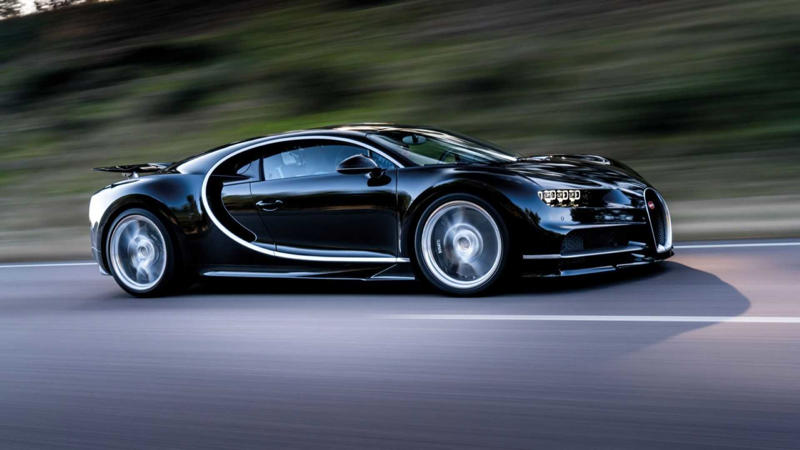
Bugatti Chiron
When the late and iconic Volkswagen Group chairman Ferdinand Piëch decided to revive the Bugatti brand, he knew he had to create something that was not only special, but extraordinary.
Just as the iconic Bugatti Type 57 Atlantic stunned the motoring world in the 1930s with its staggering performance and unprecedented 95 mph top speed, Piëch realized he needed to make a massive statement with the ‘new’ Bugatti.
Thankfully, he already had a plan. In 1997, traveling on a high-speed train in Japan, Piëch drew the basic design of a radical 18-cylinder engine on an envelope. The sketch would lead to the W16 engine that powered various Bugatti models, including the Chiron, the first production car to break through the 300 mph mark, though you couldn't actually buy that specific car.
The engine is a modern marvel. It is the same size as a V12 and weighs around 882 lb. It consists of two eight-cylinder blocks, set at an angle of 90 degrees to each other, and sharing one crankshaft. Four exhaust gas turbochargers provide the boost for the engine.
The W16 consists of more than 3,500 individual parts. A unique challenge the engineers faced was how to get rid of all the extremely hot exhaust gases the engine generated. The solution was a complex titanium exhaust. The very first time it ran on a test bed, it produced 1,001 hp… bang on target for the Veyron.
In the Chiron, launched in 2016, the engine featured a comprehensive makeover, with new, larger turbochargers and a new fuel injection system. The updates resulted in a 25% increase in power, hiking it all the way to 1,500 hp.
But despite all the innovation and complexity, Ferdinand Piëch’s W16 is still outgunned in the power density stakes by a tiny little 2.0-liter four-cylinder engine.
It is called the M139. The Mercedes-AMG M139.
The AMG Power Game
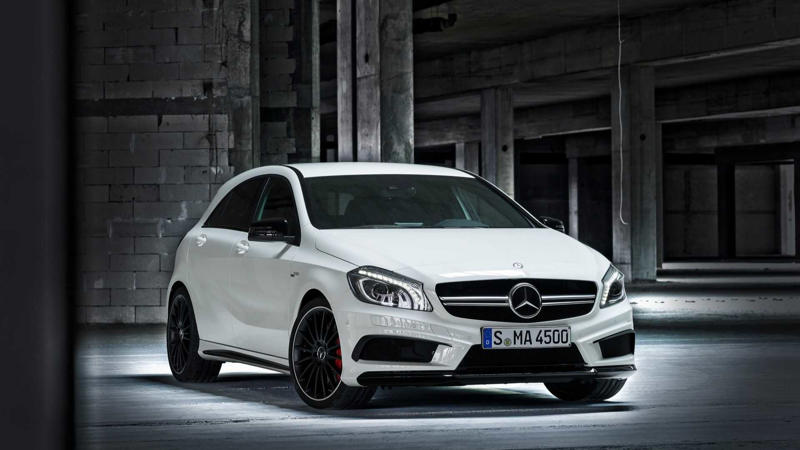
Mercedes-Benz A45 AMG
In 2014, Mercedes-AMG turned the hot hatch segment on its head with the introduction of the A45 AMG, powered by the world’s most powerful series production four-cylinder engine. The 2.0-liter engine was called the M133, and it produced 360 hp, and had a power density rating of 181 hp per liter.
The M133 featured a number of innovations. These included spray-guided direct injection (what's that?) via piezo injectors positioned centrally in the four combustion chambers, an all-aluminum crankcase, a forged steel crankshaft with forged pistons, Nanoslide cylinder wall technology, and a high-tech air-water charge cooling system.
It has a twin-scroll turbocharger that uses exhaust gas back pressure for a more linear build-up of charge pressure, allowing a more even spread of torque, even from low engine revolutions. The turbocharger has a maximum charge boost of 26 psi.
The engine breathed through a specially developed AMG exhaust system. The exhaust not only allows for optimal performance, but also has an automatically controlled flap. The flap opens and shuts according to the driver’s throttle inputs, providing a more subdued and quiet note when cruising at highway speeds, opening up for the full nine-yard experience when the throttle is pinned to the carpet.
Another innovation is the high-performance cooling system, comprising two coolers. An electric pump also sends the optimal water flow through the water coolers, located behind the large intake ports, providing the ideal cooling for the car’s highly compressed charge air, further improving performance.
As with all modern AMG engines, the 133 was built by hand in the company’s Affalterbach engine plant in Germany. The 2014 Mercedes-Benz A45 AMG completed the 0-60 mph run in 4.5 seconds, and the top speed was limited to 155 mph. It came standard with Merc’s 4MATIC all-wheel-drive system, and a seven-speed AMG Speedshift DCT gearbox.
Yawn. Roll on the Mercedes-AMG A45 S 4MATIC.
Upping The Engine Game. Yep, Even More!
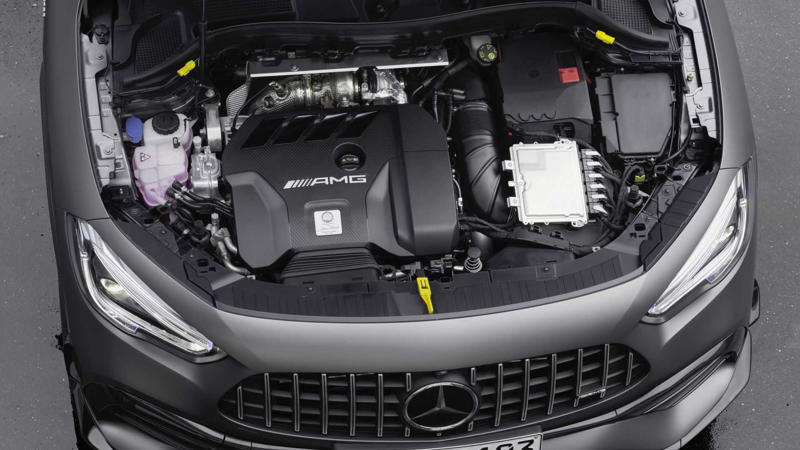
Mercedes-Benz AMG
Shortly after the first-generation A45 hit the streets and set some power density and other records, Mercedes-AMG decided that the impressive 360 hp was just not impressive enough. There was still more power lurking in that 2.0-liter engine.
So the white coats in AMG’s Affalterbach research and development facility set to work to extract even more power from the 1,991 cc four-cylinder engine. By 2019, when the next-generation A45 was launched, the new M139 engine produced 416 hp. That equates to 209 hp per liter… more than the Bugatti Chiron.
How did they manage such a thing? Firstly, the engine’s position in the engine bay was turned 180 degrees around, and the turbocharger and exhaust manifold now preside at the back of the engine, next to the firewall. This means the intake system now lives in front of the engine, so the engine is mounted lower, reducing the height of the hood, and also reducing drag. The new layout also improved the airflow for both intake and exhaust, improving performance.
A new twin-scroll turbocharger’s compressor shaft and turbine wheel feature anti-friction bearings, minimizing mechanical friction inside the turbocharger. This means it responds faster to inputs and reaches its 169,000 r/min peak much faster. The boost is now 30 psi, another record for its engine size. The hand-built engine has an extremely hardy block to handle all the additional pressure.
Another innovation is two-stage fuel injection. Like the M133, the M139 has precision piezo injectors that inject fuel into the combustion chambers at up to 200 bar of pressure. When the need for speed arises, and the driver pins the throttle pedal, the engine management system activates the second stage of injection: intake manifold injectors, activated by solenoid valves.
The extra horsepower requires additional cooling measures. The new system cools the cylinder head and crankcase at different temperature levels. This translates to a cool cylinder head for optimal performance, and a warmer crankcase to reduce friction. The cylinder head is cooled by a conventional water pump, while the crankcase’s temperature is controlled via an electrical high-performance water pump.
The Greatest Hot Hatch… In The World?

Mercedes-AMG A45 S
The Mercedes-AMG A45 S 4MATIC’s 2.0-liter engine produces 416 hp. It sprints from 0-60 mph in 3.9 seconds, and its specific power density exceeds the Bugatti Chiron’s numbers by quite a way.
It sends the power to all four wheels via an AMG Speedshift DCT eight-speed dual-clutch transmission. The A45 S has AMG’s Dynamic Select driving mode, which includes Sport, Sport+ and Race modes. In ‘Race’ mode, the A45 S has full launch control. It also has a special rear differential system that can manage power between the rear wheels to provide optimal grip in corners.
The active differential also allows the driver to select a 'Drift' mode, which obviously sends the power to the rear wheels only. Gimmicky and a little bit boy racer-ish, but cool.
It is not perfect. Even with its AMG Active Ride suspension, which provides adaptive damping, the ride around a tricky racing circuit can lean towards the soft side. Ultimately, it is maybe not the ultimate hot hatch for track days, despite its impressive power output. That said, only professional racing drivers may be bothered by the imperfect suspension damping, so it probably doesn’t matter in the real world.
You wouldn’t think it, but some owners actually believe that 416 hp is still not good enough. There are a number of A45 S 4MATICs with around 500 hp. There are even a couple that do more than 600 hp.
Sadly, the Mercedes-AMG A-class is no longer for sale in the USA. According to Mercedes-Benz, the appetite for the A-Class was not significant enough to sell the cars here.
But just imagine the bragging rights at a social event when an acquaintance arrives in a Bugatti Chiron – and you just happen to, randomly, mention some power density numbers. Now that would be a video debate that would make for impressive YouTube view numbers.
A final point to ponder: The A45 S sells for around $70,000 in other markets. This means you can buy about 57 Mercedes-AMG A45 S 4MATICs for the price of one Bugatti Chiron, selling for around $4-million. And you get better power density. #justsaying
Sources: Bugatti, Volkswagen, Mercedes-AMG, Engineering Explained.



